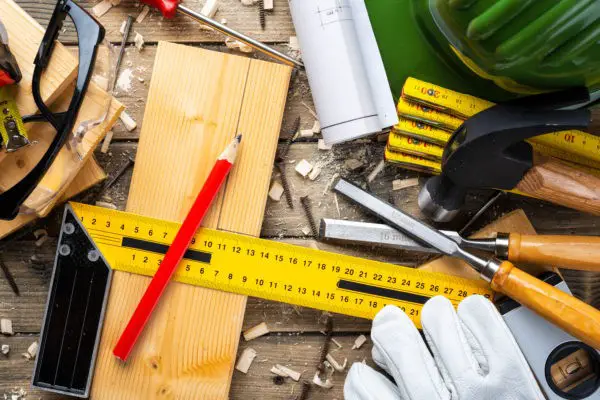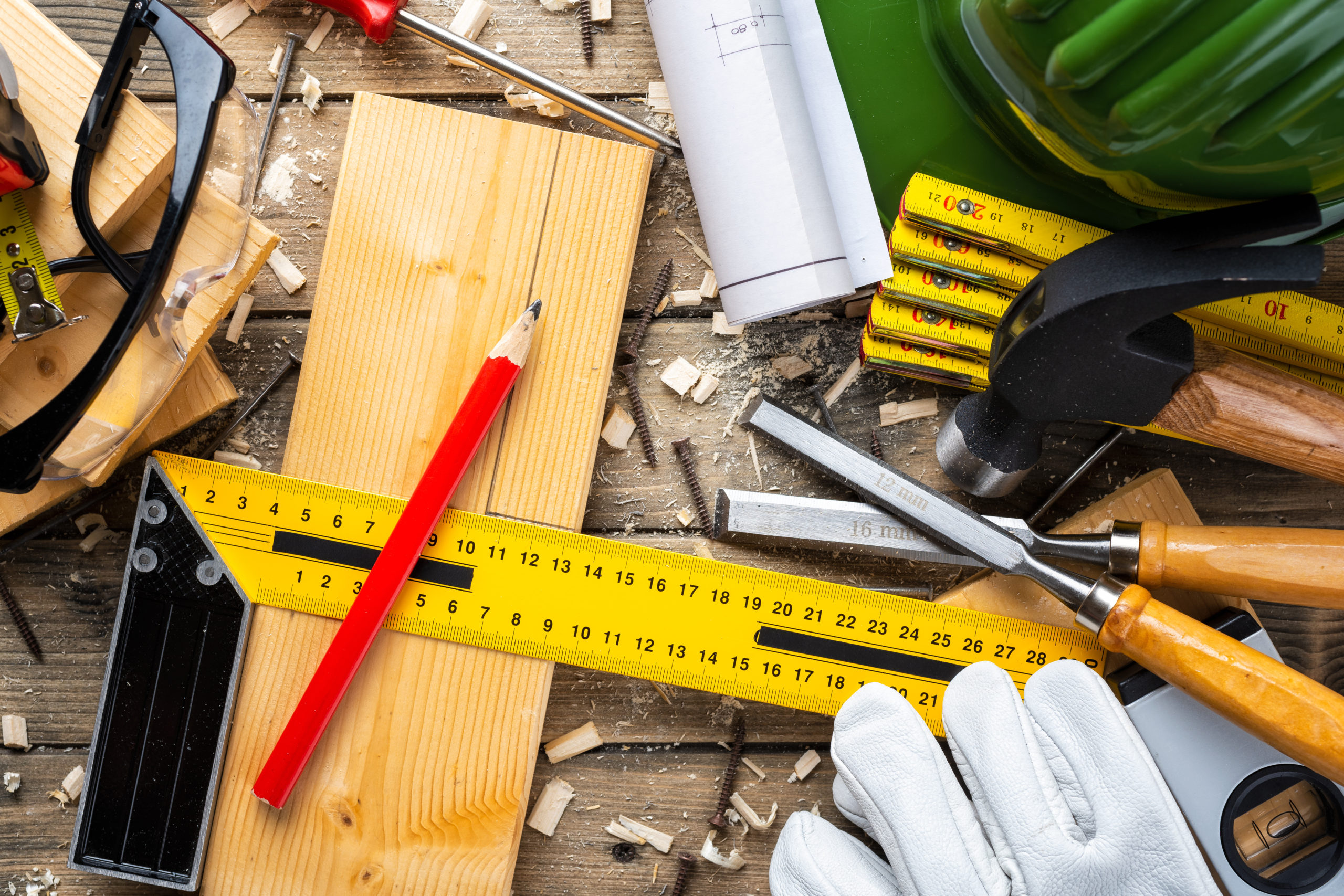Any time you undertake a home project, you have the option of doing it yourself or hiring someone else to do it. However, doing a project yourself has the benefit of saving you a considerable amount of money. Some home projects that you can take on by yourself and save money include house maintenance, fixing broken cabinets, hanging photos, fixing gutters, and minor plumbing tasks among others.

To effectively complete DIY projects, you need to stock your toolbox with tools such as the ones on StoneyCreekWoodworks. This ensures that you don’t end up rushing to the hardware store to buy a gadget every time you need to fix something. In this article, you will learn more about seven tools you must have in your home toolbox:
1. Wrench
There are some items in the home that have not been attached using screws or nails, but are held together with nuts and bolts. To loosen or tighten the bolts, you need to use a wrench. Getting one that is adjustable enables you to alter grasps depending on the size of nuts used. With a wrench, you can fix simple issues like plumbing problems, and repair bicycles in your home without having to pay someone else to do it.
When buying an adjustable wrench, it is advisable to buy two that have varying lengths. One should be longer – about 10 inches – to enable you to loosen tight bolts with ease. The other one should be smaller – about six inches – to enable you to work in tight spaces. Alternatively, you can opt for an 8-inch wrench that is easy to adjust, and has a comfortable handle and a wide jaw.
2. Hammer
Most DIY projects will require you to nail stuff – hence the need to have a hammer. A hammer is one of the most important and versatile tools on your must-have list. From whacking wooden pieces together, to removing nails from pieces of wood for reuse, there is so much you can do with it. A hammer also comes in handy when you need to fix framing lumber or break plaster walls.
Before getting a hammer, you need to consider the type you need. There are different options in the market to choose from. A claw hammer should work well if all you need to do is whack nails. However, if you need to demolish walls or houses, then you need a demolition hammer. Opt for a hammer that has a shock-reduction grip to reduce impact vibrations.
3. Screws And Nails
You need these to fix a lot of stuff in your home and they are the most important paraphernalia that you will find in every workshop. The purpose of having screws and nails in your home is so you can piece stuff together with ease. These tiny tools come in different sizes and shapes – some are very small while others are quite large.
Their thickness also varies and the material used to make them differs. But, there is a major difference between screws and nails. Screws have varying patterns and serve different purposes. There all those that are designed for use on wood, others are used on drywalls, while another variety is used on metal. On the other hand, most nails have a similar appearance and only vary in thickness and size.
To have a good mix of nails and screws in your tool box, consider getting different types and sizes such as finishing nails, galvanized nails, outdoor screws, drywall screws, and vinyl silker.
4. Screwdrivers
Many things around your home have been affixed using screws. Screws are used to put together lamps, cabinet doors, doorknobs, outlet covers and many other items. This means that if these items break down or become loose, you need a screwdriver to fix them.
There are two main types of screws – Phillips screws that have a cross on the head, and flat-head ones that have a single slot at the top. To fix these, you need to get a screwdriver for the two different types and since the screws come in different sizes, you should consider getting several screwdrivers for each type. The best way to do this is to choose a screwdriver set that comes with various types and sizes.
The other way of ensuring you have a variety of both flat-head and Phillips screwdrivers without buying several different ones is to go for an interchangeable set. This allows you to change screwdriver bits or heads anytime you need to use one for a different screw pattern.
5. Tape Measure
When carrying out DIY home projects, you need to get your measurements right. Whether you are checking pipe size, hanging a photo, or determining how much space you need for a new appliance, a tape measure comes in handy in taking accurate measurements. The best tape measure to get for home projects is the one that locks and retracts.
This tape measure holds steadily on its own so you can take measurements without straining. Once you are done, you only need to touch a button to retract the tape. If you are planning to buy a tape measure, consider the sturdiness and durability of the tape measure. Also check the locking lever to ensure you can use it with one hand, and that the tang is large enough to allow for a firm grip.
6. Handsaw
You need a handsaw to cut wood anytime you need to. A simple toothed cutting blade, this tool enables you to cut wood quickly and is easy to carry when you are working upstairs. Handsaws come in three types. One type is the traditional western make that features a two-foot blade. The second is the pruning saw that has a narrow blade, and then there’s the Japanese saw that has a straight blade.
When buying a handsaw, pay attention to the teeth density per inch – hand saws that produce best cuts along wood grains are those that have 6 to 8 teeth per inch. If you need to cut against grains, consider going for saws that have 8 to 12 teeth per inch. For best value, opt for a saw that has a replaceable blade.
7. Flashlight
In doing DIY projects, you need to ensure you have good lighting. While natural and electric lighting may be available throughout, there are times when you have to work in areas that are dimly lit such as dark crevasses and basements. You may find yourself experiencing power blackouts while you need to keep working. This is where a flashlight comes in handy to provide you with much needed light.
When shopping for a flashlight, consider buying one with LED bulbs. Though it will cost you slightly more, its batteries last much longer and it’s made from sturdy aluminum. Another feature that you may want to consider, depending on the project you are working on, is an electric headlamp. This mounts the flashlight on your forehead so you can work with both hands.
Last Word
Your DIY toolbox needs many more tools than the ones we have discussed above, but getting these first is a good start. As you expand your repair skills, you will need to acquire relevant tools to complete related tasks. Keep adding those tools to your toolbox until you have everything you need to do just about anything you want by yourself.






